The Falklands War is often remembered as a conflict centered around the battle for control of the Falkland Islands. However, few recall that the first shots of the war were fired not in the Falklands but on South Georgia, a remote outpost in the South Atlantic. The battle for South Georgia was brief but significant, setting the stage for Britain’s military response and proving the strategic importance of the island.
Table of Contents
The Prelude: Argentina’s Presence in the South Atlantic
Tensions between Britain and Argentina over territorial claims in the South Atlantic had been simmering for years. In 1976, Argentina took a bold step by establishing a military base, Corbetta Uruguay, on the Thule Island group in the South Sandwich Islands.
Though officially a research station, Corbetta Uruguay had a small military garrison, giving Argentina a foothold in the region. Despite Britain dispatching a military vessel in response, no direct action was taken, allowing Argentina to maintain a presence in the region.
During the Falklands War, Corbetta Uruguay provided logistical and strategic support, monitoring British movements and serving as a launching point for Argentine forces heading toward South Georgia.
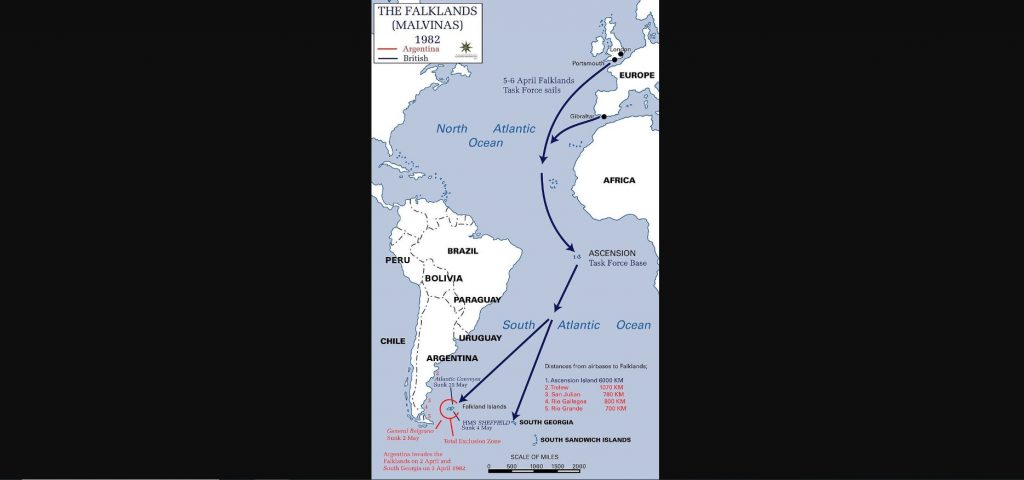
The Falklands War Begins: March 1982
On March 19, 1982, a group of Argentine scrap metal workers landed at Leith Harbour, South Georgia. While initially appearing to be a civilian operation, the landing was quickly reported to London, as the workers raised an Argentine flag – a provocative move given the ongoing sovereignty dispute. British authorities ordered the flag be lowered and demanded the workers present their passports. The former request was met, but the latter was ignored. In response, the British dispatched HMS Endurance to the region. Argentina, in turn, sent the naval vessel Bahía Paraíso. By March 22, the Argentine workers had been removed, but the situation had already set a dangerous precedent.
At the time, South Georgia had a small population of just 40 British researchers. Understanding the risk of a Falklands war, Britain secretly reinforced Grytviken with a team of 22 Royal Marines while evacuating the civilian researchers. However, Argentina remained unaware of this military presence, and their forces soon set sail from the Thule base with plans to occupy South Georgia. Their intention was to launch a coordinated attack alongside the planned invasion of the Falkland Islands – but bad weather delayed their arrival in South Georgia.
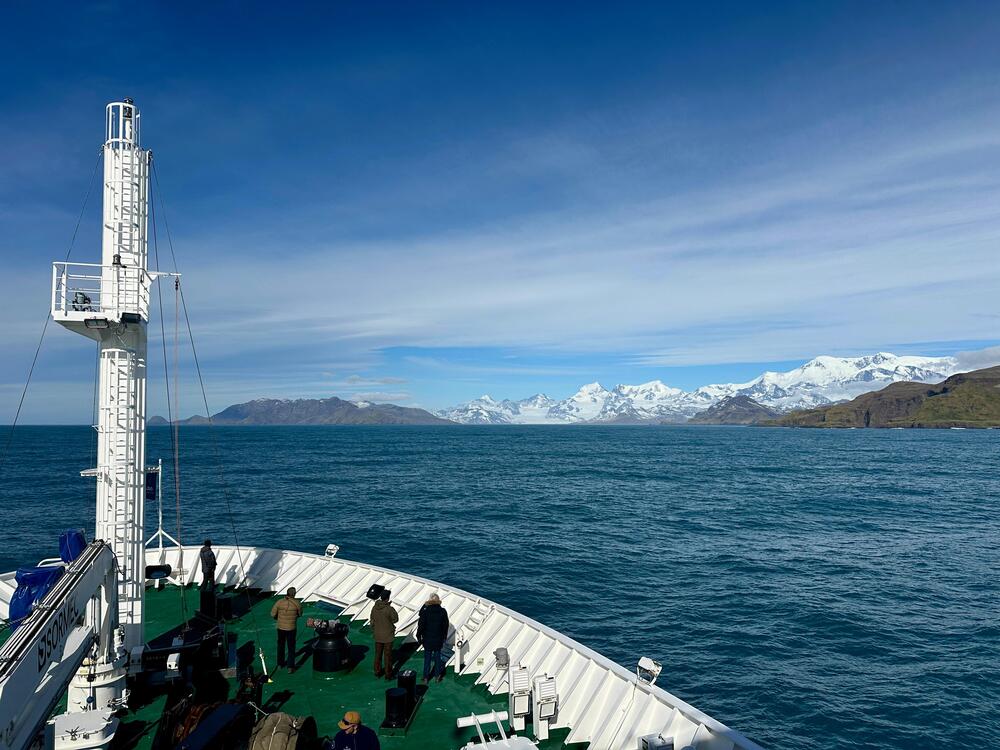
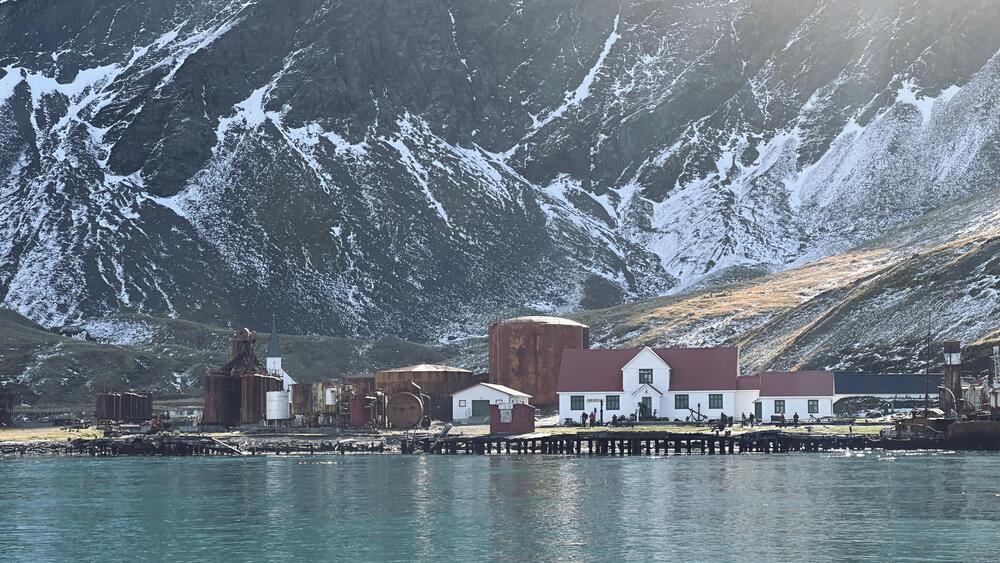
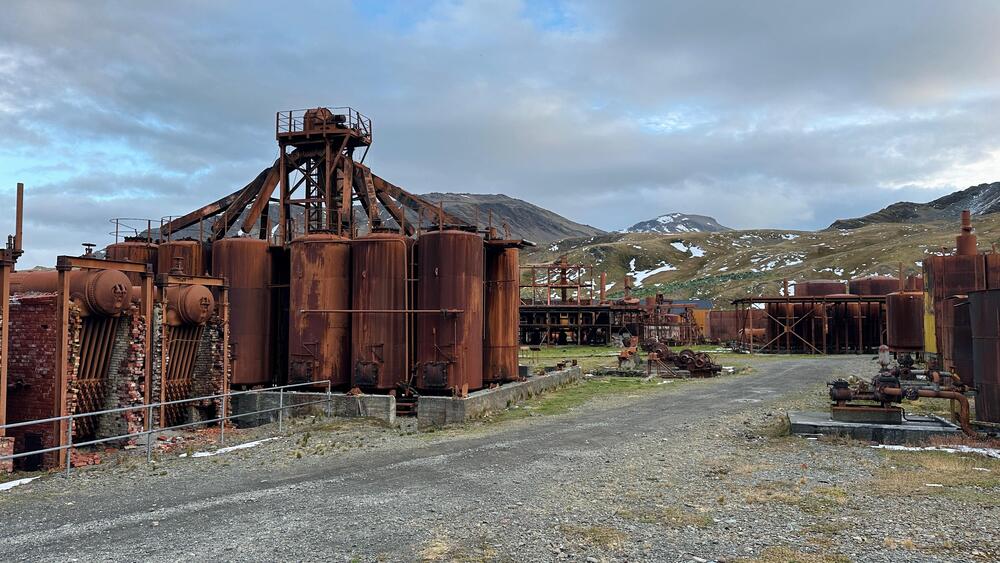
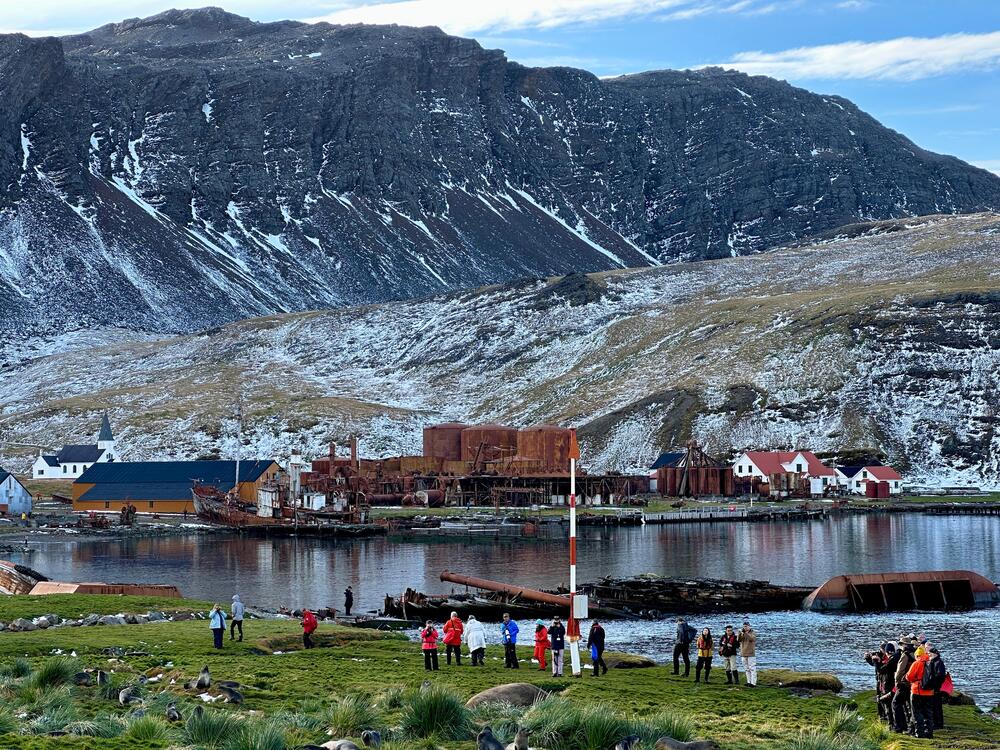
The Battle for South Georgia: April 2-3, 1982
On April 2, 1982, Lieutenant Keith Mills and his 21 Royal Marines on South Georgia received word that the Falkland Islands had fallen to Argentine forces. Understanding that an Argentine attack was imminent, they fortified their position. The next day, the Argentine forces arrived at Grytviken, expecting an uncontested occupation.
Argentine commander Alfredo Trombetta, unaware of the British military presence, confidently announced, “We have come to accept the surrender of South Georgia.” But the British were not prepared to surrender. As the Argentine forces entered King Edward Cove, the British opened fire and shot down an Argentine helicopter. Facing overwhelming numbers, and having received orders not to risk their lives, the British defenders eventually surrendered after inflicting casualties on the Argentine force, killing three men.
Argentina quickly reinforced its control over South Georgia, deploying around 100 commandos and resupplying the garrison via the aging submarine ARA Santa Fe. Meanwhile, in London, Prime Minister Margaret Thatcher, facing both domestic and international pressure, decided that retaking South Georgia was a necessary step in reclaiming the Falklands. Despite US President Ronald Reagan’s suggestion that Britain hand over the islands to Argentina, Thatcher remained firm. The British military was mobilized on April 5, initiating Operation Paraquet, the mission to reclaim South Georgia.
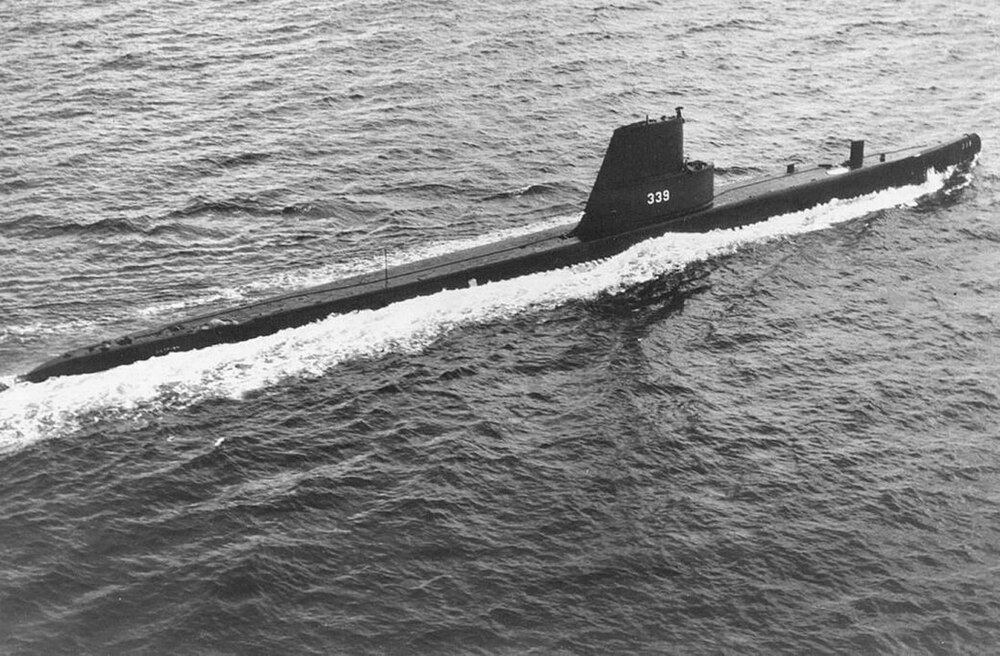
Operation Paraquet: The Retaking of South Georgia
The first attempt to land British troops on South Georgia as part of Operation Paraquet occurred on April 21 at Fortuna Glacier. However, severe weather conditions forced the mission to be abandoned within 15 hours. A treacherous recovery mission followed, resulting in two helicopters crashing and the third barely managing to evacuate all 15 stranded men.
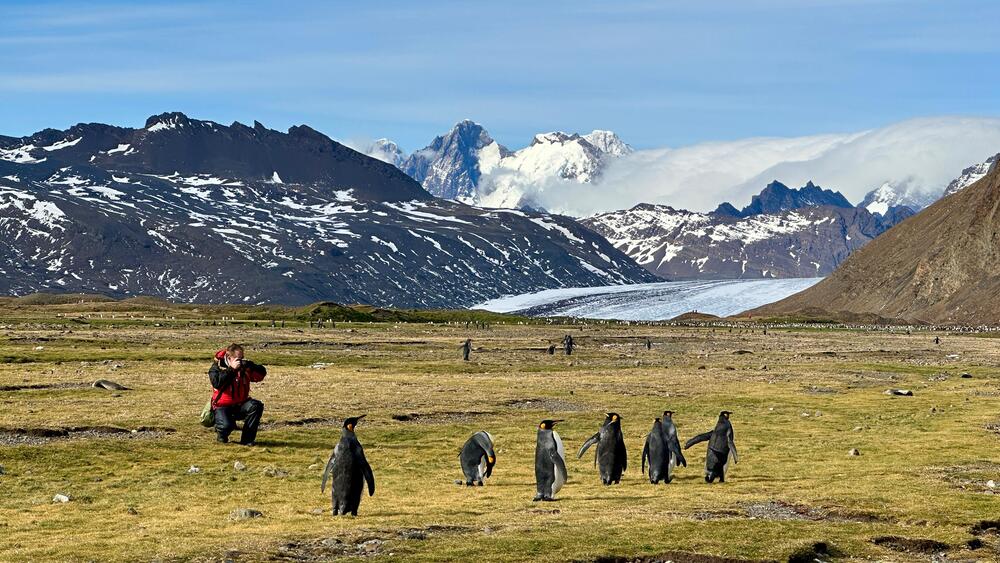
With conventional landings proving difficult, alternative plans were considered, including using small zodiac boats. However, these also failed to gain a foothold.
On April 25, fate turned in Britain’s favor when the Argentine submarine Santa Fe was severely damaged while attempting to return to Argentina. The crippled vessel limped back to Grytviken, where British naval forces commenced a bombardment of the unhabited southern embankment as a warning. Recognizing their disadvantage, the Argentine forces surrendered without further casualties… except for one notable exception.
The Tragic Story of Félix Artuso
Félix Artuso, an Argentine sailor aboard the ARA Santa Fe, was the last casualty of the battle for South Georgia, though his death was a tragic accident. After the Argentine surrender, Artuso and other crew members of the Santa Fe were taken as prisoners and guarded by British Royal Marines. He was instructed to assist in securing the damaged submarine to prevent it from sinking. However, he was explicitly ordered not to operate certain controls – as the British were worried that in a last act of resistance, the Argentine prisoners would sink it in the harbour to block it.
A British officer informed the guard watching Artuso that “everything would be fine as long as he did not touch the ventilation levers.” The guard, under strict orders, stated he would “shoot Artuso in the head if he touched them.”
As the Santa Fe was being towed in Vago Cove, the vessel began losing buoyancy. The Argentine naval officer, Captain Horacio Bicain, ordered Artuso to rebalance the submarine. Artuso, receiving the order via radio, followed instructions and reached for the necessary levers. Tragically, his movements were misinterpreted by the British guard, who believed he was attempting to scuttle the submarine. The guard fired five shots, killing Artuso instantly.
A British inquiry into the incident concluded that there was “no fault or negligence” on the part of the guard, who had acted in accordance with his understanding of the situation.
Artuso was later buried in the old whaling station cemetery on South Georgia, alongside whalers, sealers, and legendary explorer Sir Ernest Shackleton. His funeral was conducted with full military honours by British forces, a solemn acknowledgment of the mistake his death was.
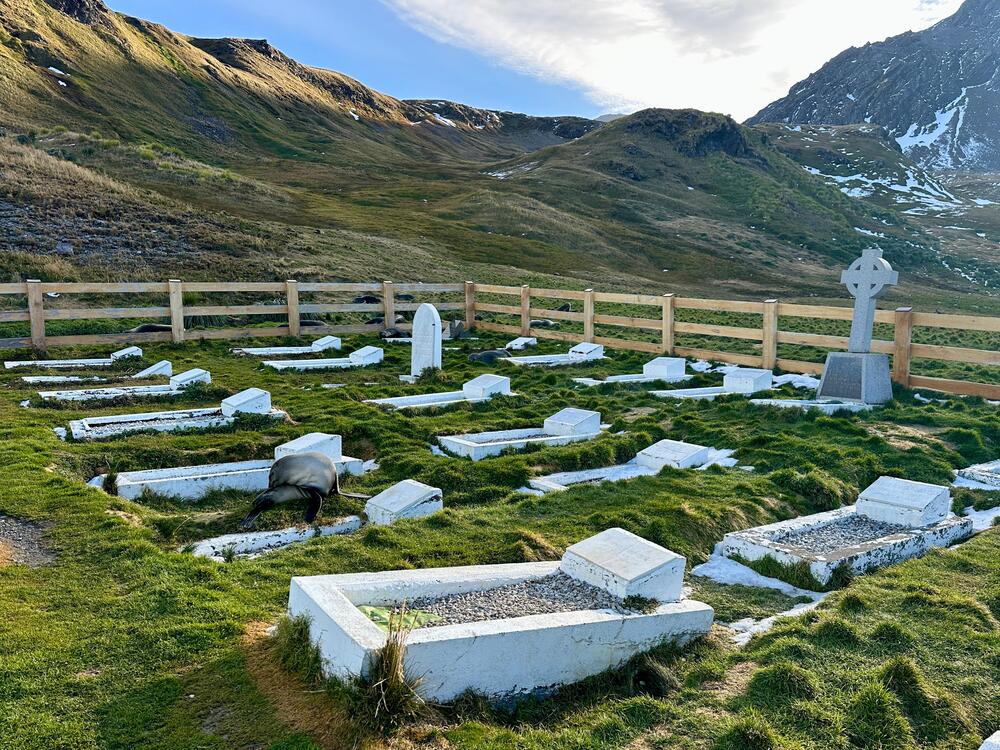
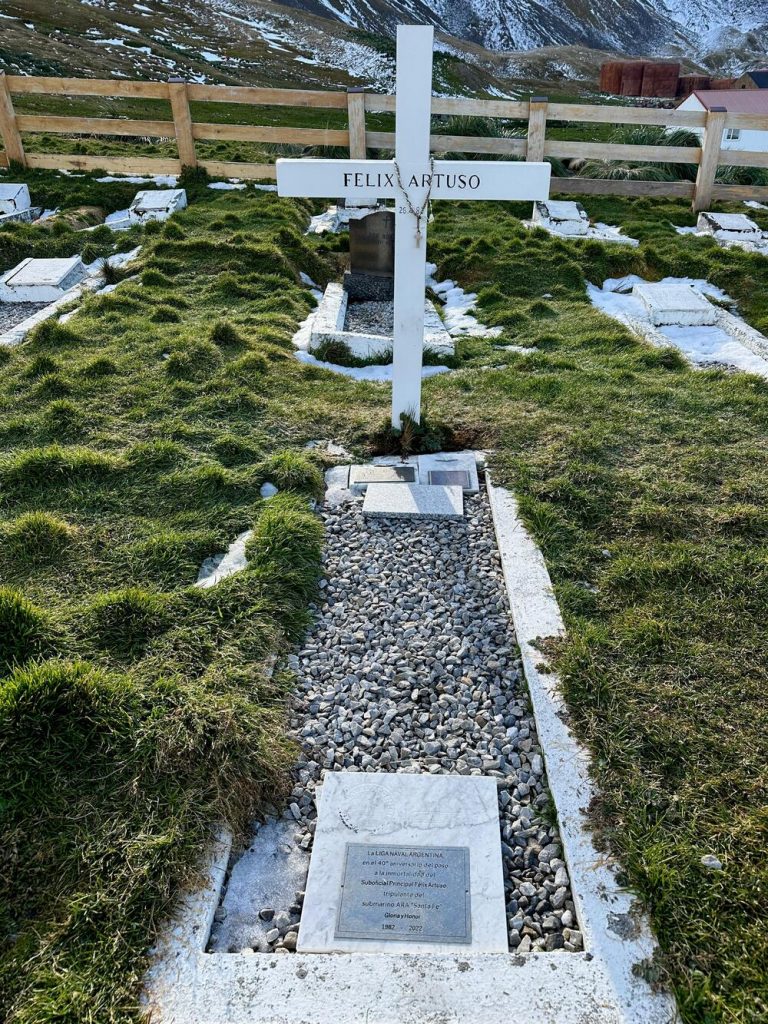
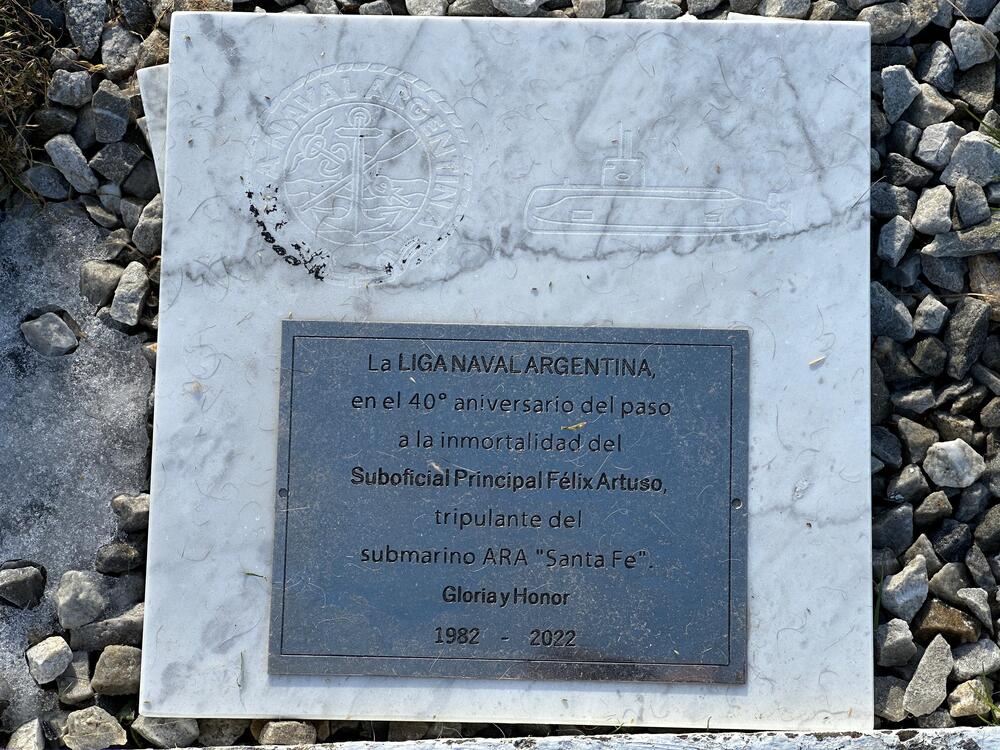
The Legacy of South Georgia’s Role
Though often overshadowed by the battles in the Falklands themselves, the fight for South Georgia was crucial for the Falklands War. Its recapture provided Britain with a vital logistical base. The swift and decisive victory also served as a morale boost for Britain, reinforcing the determination to retake the Falkland Islands.





